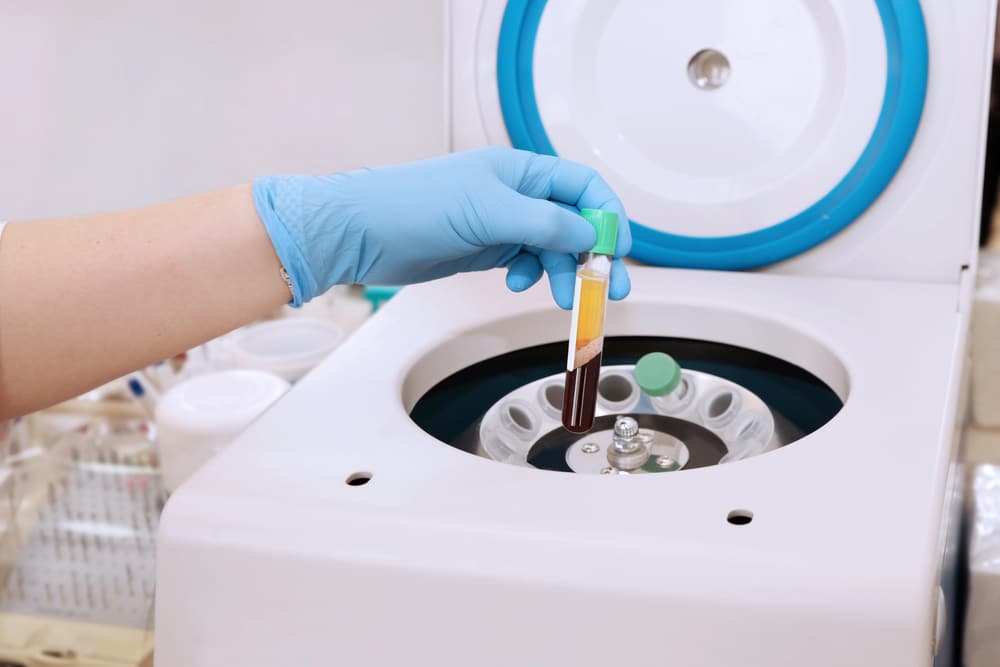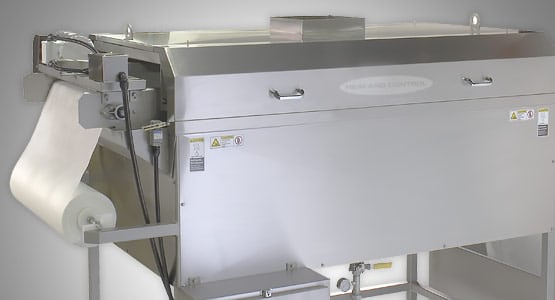Use these tips for dust collection in your food processing facility to prevent problems and to remain within safety regulations. As a result, you will keep your employees safer and healthier.
1. Choose the Right Filtration System
Since food processing facilities don’t handle the same materials, there isn’t a single filtration system for all of them. Know what your facility needs to filter. Common sources of dust include starches and sugars. These dry dust sources require a different system than dust combined with moisture or grease. Dry dust needs a cartridge collector, but mist collectors work best for moist emissions.
2. Learn the Elements of an Explosion
The best way to prevent an explosion is to learn what creates one and take active measures to avoid those. You need to have fuel, oxygen and an ignition source to start a fire. For an explosion to occur, the fire needs to happen in a contained area with an adequate dispersion of dust in the air. Control dust and prevent ignition to keep fire from blowing up airborne particles.
3. Control Dust During Cleaning
Control dust during cleaning by choosing equipment that doesn’t blow dust around or from a collection bag. Look for vacuums designed specifically for dust collection. A household vacuum will not suffice as it will spread more dust around during use. Regular cleaning, too, will prevent dust accumulation.
4. Remove Ignition Sources to Prevent Explosions
Many don’t appreciate how explosive organic dust is. This dust, common in food processing, is so volatile that a layer 1/32nd-inch thick covering at least five percent of surfaces could blow up. In addition to removing dust, taking away ignition sources will also keep danger at bay. Ignition comes from sparks, open flames and static electricity. Friction and equipment could create these ignition sources. Remove them from your processing facility or control their static or heat generation.
5. Prevent Blockages in Storage Equipment
Blockages in silos and other storage places slows work down and poses a hazard to employees who manually unclog the material. Purchase equipment that will clean out silos without the need for workers to enter the area. Additionally, automatic silo cleaners that use carbon dioxide or compressed air do not produce explosive dust during the clearing process.
6. Examine Your Equipment
Older mixers incorporated ingredients added to a hopper or over the side. These can contribute to excessive dust in your processing facility when adding powdered substances. Consider upgrading your equipment to the latest generation of mixers. These incorporate a vacuum to control air getting into the mixture. Since powders are added to the bottom instead of the top of a mixer, less dust is created.
7. Conduct Laboratory Tests
Determine the hazard levels for various areas of your facility through testing. You should conduct explosion screenings in all areas of your facility if you don’t have information on the combustibility of powders used. Additionally, the Kst-value for these substances is needed. This value gives insight into how destructive an explosion could be. With this information, you’ll better create a containment and suppression plan specific to your facility.
8. Source Capture Protects Employees’ Health
Employees who work in your facility face health hazards from inhaling organic dust. Incorporate source capture to protect your employees. Ventilation hoods draw contaminants away from the worker to a filter, which prevents environmental pollution. Regularly inspect and change these filters to keep them functioning properly. If explosive dusts are involved, you need fire-retardant filters.
9. Maintain Filters
Regularly replacing filters will increase efficiency and safety. Some means of filter changing are better than others. For instance, dust collectors should not require employees to access the area directly. Collection drums and bag-in/bag-out methods reduce dust released to the air and to the worker.
10. Evaluate Your Facility’s Layout
You want your food processing facility to be as efficient as possible. Don’t sacrifice safety to save a couple of seconds, though. Move any equipment that produces heat or has a heated surface far from dust-producing equipment. This will help prevent explosions and keep your workplace safe.
Control and collect dust properly to protect your employees, to remain within regulations, and to prevent explosions.









